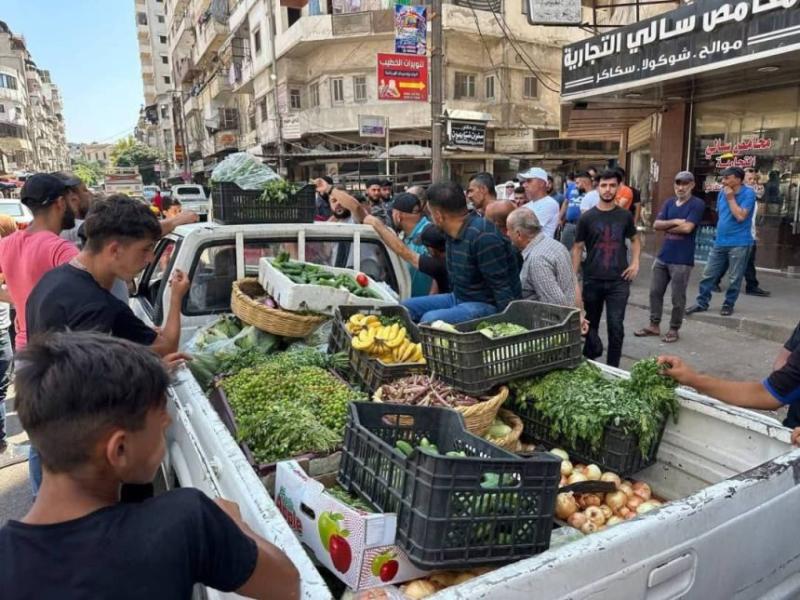SPARC partner publication
The compounded impact of climate change and armed conflict on the agri-food sector in northwest Syria
Rooted in local realities and community voices, this report highlights how conflict and climate interact and identifies practical entry points for recovery and resilience in Syria’s agri-food sector.
Publisher Violet
Agriculture has long been both an economic backbone and cultural anchor of rural livelihoods and a cornerstone of food security in Syria. The past decade of armed conflict, compounded by accelerating climate change, has resulted in the collapse of the agri-food system and devastated the lives of those who depend on it.
This report is part of a series of SPARC’s locally led research, led by programme partner Violet, which addresses a critical evidence gap by documenting how climate change and conflict interact as threat multipliers, setting off causal chains that explain the failure of Syria’s major value chains, particularly wheat, olives, and livestock.
The value of this research is twofold:
- First, through extensive community engagement in northwest Syria (NWS), it captures the lived experiences and priorities of farming and herding communities, voices that remain largely absent from existing humanitarian and development planning and funding models.
- Second, by tracing the evolution of Syria’s agri-food challenges before, during, and after the armed conflict, the analysis shows that many vulnerabilities that preceded the armed conflict, such as poor natural resource management, fragile governance, and inequitable policies, have been intensified by both violence and climate pressures over this period.
Recognising these historical patterns of failure and resilience is essential to chart credible recovery pathways. At this moment in Syria’s uncertain transition, generating evidence on how climate and conflict converge is indispensable for shaping meaningful interventions, ones that can rebuild a more inclusive, climate-resilient, and sustainable agrifood sector.
This participatory research shows how climate shocks including droughts, erratic rainfall, frosts, and pest outbreaks, directly undermine agricultural yields, livestock productivity, and the sustainability of natural resources. These stresses are then magnified by conflict factors: the destruction of irrigation and veterinary systems, restricted access to land, loss of skilled labour through displacement, and rising input costs driven by sanctions, border closures, and currency depreciation.
While these resources do not offer a full action plan, they provide a valuable starting point. Rooted in local realities and community voices, this research highlights how conflict and climate interact and identifies practical entry points for recovery and resilience in Syria’s agri-food sector.
Read the report in English here and in Arabic here.
Don't miss the policy brief (available in English and Arabic) that accompanies this report: 'From crisis to climate-resilient recovery: Rebuilding Syria’s agri-food systems' here.

Local grocery market in Syria, October 2021. Farmers who don't have shops sell their products in cars and local areas
Credit Hala Zayzafoun - CC0 1.0 – Wikimedia Commons
